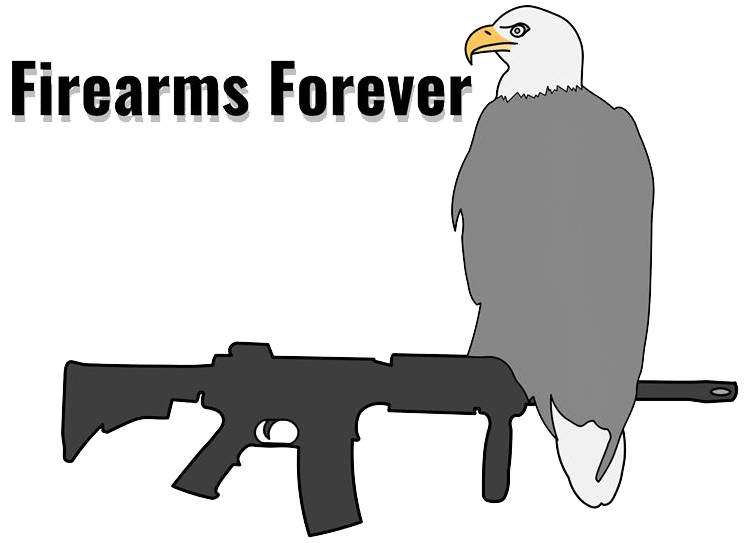Most hunters will eventually have to make this decision: Should you fire a bullet through brush at a game animal?
Considering how much energy a bullet is carrying, it doesn’t seem like a few twigs and leaves should impact its trajectory. But don’t be so sure. In a recent episode of MeatEater Experiments, Janis Putelis and Clay Newcomb determined that even a small amount of interference can significantly alter a bullet’s flight.
The Test
Hunters and gun writers have opined on this topic for decades, but most didn’t have access to a slow-motion camera. Janis and Clay did. So, while their test departed from what you might call a traditional “brush gun” experiment, it still offered valuable insight into what might happen when you fire a piece of copper and lead through the trees.
Conventional wisdom holds that the best brush-busting bullets are heavy and flat-nosed. That might be true, but many hunters don’t go after deer or elk with these rounds. That’s why Janis and Clay chose four of the most common hunting cartridges to conduct this experiment: .30-30 Winchester, 6.5 Creedmoor (or, as Clay called it, “6.5 Manbun”), .308 Winchester, and .300 Win. Mag. Rather than trying to find the best brush gun, their experiment was designed to determine how these four popular calibers handle being fired through the brush.
To do this in the most semi-scientific way possible, Janis and Clay created a frame that held wooden dowels lined up perpendicular to the bullet’s path. Firing through a collection of brush and twigs is more realistic, but there’s no way to know what kind of obstacles each bullet encounters. Janis and Clay’s contraption simulated firing a round through a single, half–inch tree branch, allowing them to see exactly what each bullet hit on its way to the target.
They used a life-sized whitetail buck to track the shots, and they positioned the target one, 5, and 25 yards away from the wooden dowels.
The Results
What they found was surprising and not at the same time.
With all four calibers, the slow-mo cam caught the bullets tumbling almost immediately after passing through the dowels. There were a few .300 Win. Mag. bullets that appeared to maintain stability, but even that magnum cartridge was inconsistent. Whenever a bullet hit a dowel squarely, the impact forced it to begin tumbling.
That was even true with a 20-gauge shotgun slug and a 50 BMG round. The shotgun slug actually appeared to tumble more than the pointed bullets, and the 50 BMG began tipping immediately after exiting the brush.
It’s possible a relatively fast cartridge that uses a flat-nosed bullet would have done a better job maintaining its stability. Several commenters on the video requested to see this same experiment but with a 45-70 Govt or similar cartridge. That makes a lot of sense, and it stands to reason that a pointy bullet would be more easily upset than a flat one.
Still, the slow-motion footage demonstrated clearly that none of these four common hunting calibers can make it through brush unscathed.
But does that mean you shouldn’t take the shot? A tumbling bullet won’t open properly, but no animal can survive a piece of lead and copper through the lungs or heart. Janis and Clay aimed for the vitals through the dowels on each shot, and, not surprisingly, the bullets became less and less likely to hit those vitals the further they moved the target away from the “brush.”
At one yard, none of the four cartridges missed the vitals. Same story at five yards, except for a single shot from the .300 Win. Mag., that struck just below the vital area. The deflection was obviously greater than at one yard, but still not enough to expand beyond the lungs and heart. Given the amount of bullet tumbling Janis and Clay observed at one yard, this surprised both of them.
Moving back to 25 yards, all four cartridges struggled to hit the vital area consistently. Most made one out of three shots, with the other two landing on the animal’s body but not in the lungs or heart.
Importantly, none of the four cartridges appeared to perform much better or worse than the others. Janis and Clay didn’t measure group sizes, and we would need more data to draw any firm conclusions. But whether you’re shooting .30-30 or .308 Win. through a half-inch twig, you shouldn’t expect to make a good shot if the animal is 25 yards beyond.
Conclusions?
If a deer-sized game animal is standing broadside within five yards of some brush, you stand a good chance of bringing home some venison. If you need good penetration—whether because the animal is quartering away or it’s just a large critter—your odds go down significantly. That’s because with these four cartridges, the bullet started tumbling the moment it struck an obstacle. That might not happen with, say, a leaf or an extremely skinny twig, but don’t bet on it. The bullet will probably be yawing when it hits the animal, which could degrade terminal performance.
If you’re beyond five yards, you might miss altogether or, worse, wound the animal. In this experiment, the angle of deflection wasn’t so great that it missed the animal’s vitals between one and five yards. But at 25 yards, there’s no telling where that bullet will land.
As Clay pointed out, these results aligned with what most hunters already believe. Most would consider taking a shot at an animal passing directly behind some brush, but wouldn’t pull the trigger if that brush was halfway between them and the animal. Conventional wisdom isn’t always wise, but in this case, there’s some data (and slow-motion video footage) to back it up.
Read the full article here



